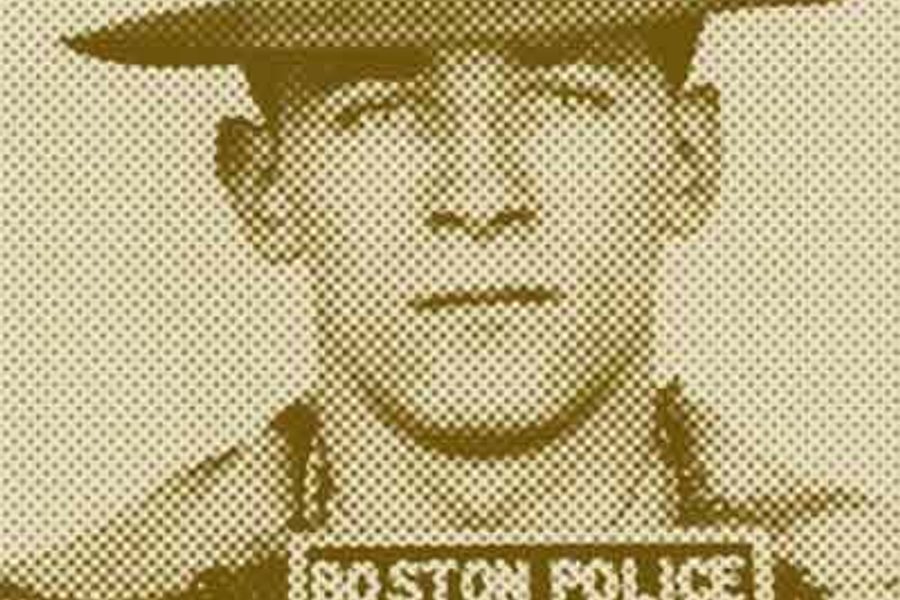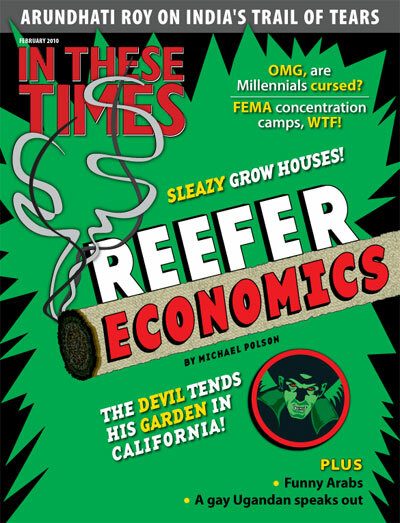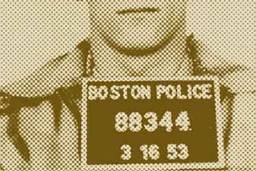
Dear ITT Ideologist,
As we enter a new year and decade, I wonder if you could put aside ideology for itemology for a moment. In particular, what do you see as the hot new product in our future?
Don Draper, Sterling
Cooper Advertising
Dear Mr. Draper,
Happily, my answer does not require me to elide ideology. Both philosophy and product development have lately been informed by what Neoists have dubbed dialectical immateralism (DI). No, it has nothing to do with Hegel or Marx. It refers to insipid interactions, generally in cyberspace. DI has become the default mode of expression in a society locked into business as usual and no longer able to think outside of its various boxes.
What these boxes contain nowadays are ever lighter devices to match the insubstantiality of the messages they carry. These e-terations of cells, pods, berries and such facilitate DI encounters that allow one to dispense pointless patter and access flashes of useless information at speeds commensurate with one’s memory span. Thus you may instantly inform others that you have found previously unnoticed pizza drippings on your t-shirt while learning the name of the nail polish color favored this week by Adam Lambert.
DI marks a departure from traditional triviality, which diminishes substance to drivel, as typified by Marie-Antoinette’s reputed suggestion that if the poor had no bread they should eat Ring Dings. DI, by contrast, avoids substance and treats the meaningless itself trivially (see any interview with Levi Johnston).
Now to answer your question specifically, the next fruit to spill from the cornucopia of consumer technology will be My-Fi, a self-contained version of Wi-Fi that lets you network with yourself while leaving you free to bubble your lips.
Dear ITT Ideologist,
I’ve heard that on Wall Street vast sums of money are necessary to inspire the best work by the best people. Is that also the case among ideologists?
Phil T. Lucre, Cayman Islands
Dear Mr. Lucre,
To be sure. I do my best ideologizing in financial institutions. I will go to a bank, nominally to check on my Christmas club account or get a roll of quarters to feed the parking meters. But what I’m really after are insight and inspiration. When a brain wave breaks over me, I quickly jot it down on a deposit slip, having no other use for it. I notice that my ideas improve if the vault happens to be open. Outside of banking hours, I often stand close to an ATM machine to get the old noggin working.

I hope you found this article important. Before you leave, I want to ask you to consider supporting our work with a donation. In These Times needs readers like you to help sustain our mission. We don’t depend on—or want—corporate advertising or deep-pocketed billionaires to fund our journalism. We’re supported by you, the reader, so we can focus on covering the issues that matter most to the progressive movement without fear or compromise.
Our work isn’t hidden behind a paywall because of people like you who support our journalism. We want to keep it that way. If you value the work we do and the movements we cover, please consider donating to In These Times.








